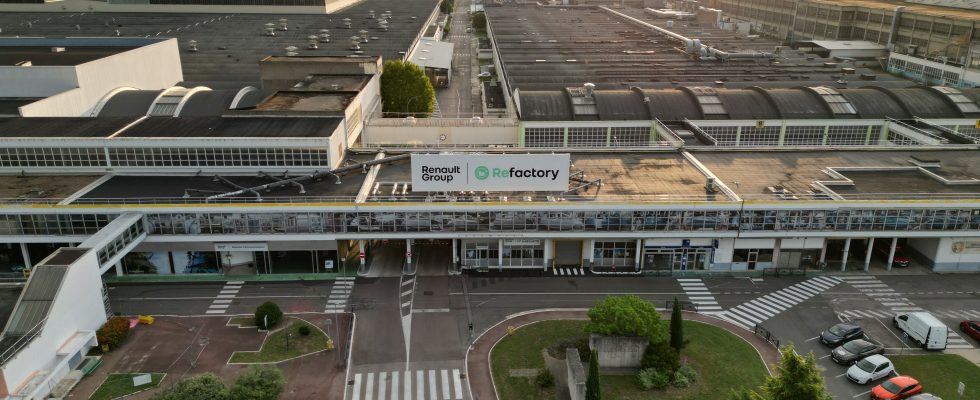On April 1, the Zoe will bow out after twelve years in the catalog and 420,000 sales. Renault will then have turned an important page in its history on which legendary names appear: Dauphine, 4L, R5, Clio and even Twingo. The cessation of the Zoe will mark a major step in the renewal of Flins, since no more new cars will leave its chains. A first since 1952, the date of inauguration of the factory located on the edge of Vexin. Now Refactory, Flins prides itself on being the “first European site dedicated to the circular economy of mobility”. A paradigm shift for the French manufacturer, which has been able to read between the lines of environmental awareness and provide a virtuous response without sacrificing the travel needs of individuals and professionals. For its director, Stéphane Radut, the Refactory is “a sort of shopping mall. Rather than producing cars in a continuous flow, we have developed around fifteen activities, which range from plastic injection to training through ‘3D printing or mechanics’. While it is obviously not the only one to focus on the circular economy, Renault has the merit of having industrialized this activity to an unprecedented level. It hopes to generate a turnover of 2.3 billion euros by 2030.
Objective: recondition 45,000 cars per year from 2025
To transform, Flins proceeded in stages, successively deploying its modules over its 232 hectares. The latest – the Bodywork Factory – was inaugurated on September 4. Its 12,000 square meters are focused on the repair of heavily damaged vehicles. This center complements the activity of the renew factory initiated in 2022 and dedicated to the reconditioning of second-hand vehicles. These two workshops aim to process 45,000 cars per year from 2025.
By emphasizing the valorization of damaged or second-hand cars, the manufacturer is taking the opposite view of a vision that swears only by zero emissions. After recalling that recent models emit very little CO2, Stéphane Radut takes a position: “Reusing material seems particularly relevant to me. Everything can be repaired on a car, and natural resources tend to become scarce on the planet. This is why we renovate many elements here – turbos, injectors, gearboxes, engines – and can, if necessary, print them in 3D thanks to a fleet of 18 machines. As a last resort only, we use a new part, which I perceive as a failure, because we are then leaving the circular economy.” An additional advantage of this activity remanufacturing is to roll back Taylorism in favor of a work organization that favors individual decision-making, with no catering operation resembling any other.
With a very pragmatic reading of the impact of road transport on climate change, the group has chosen to prioritize decarbonizing utility vehicles, the very ones that craftsmen drive on a daily basis in the heart of cities. Building on a partnership with Grenoble-based Tolv (formerly Phoenix Mobility), Renault prides itself on having demonstrated the feasibility of converting its Master vans to hydrogen. As for the “retrofit” of passenger cars from thermal to electric, it is not, for the moment, on the agenda. “This is a complex and expensive operation,” underlines the site director. “Without state aid, we will not succeed.”
